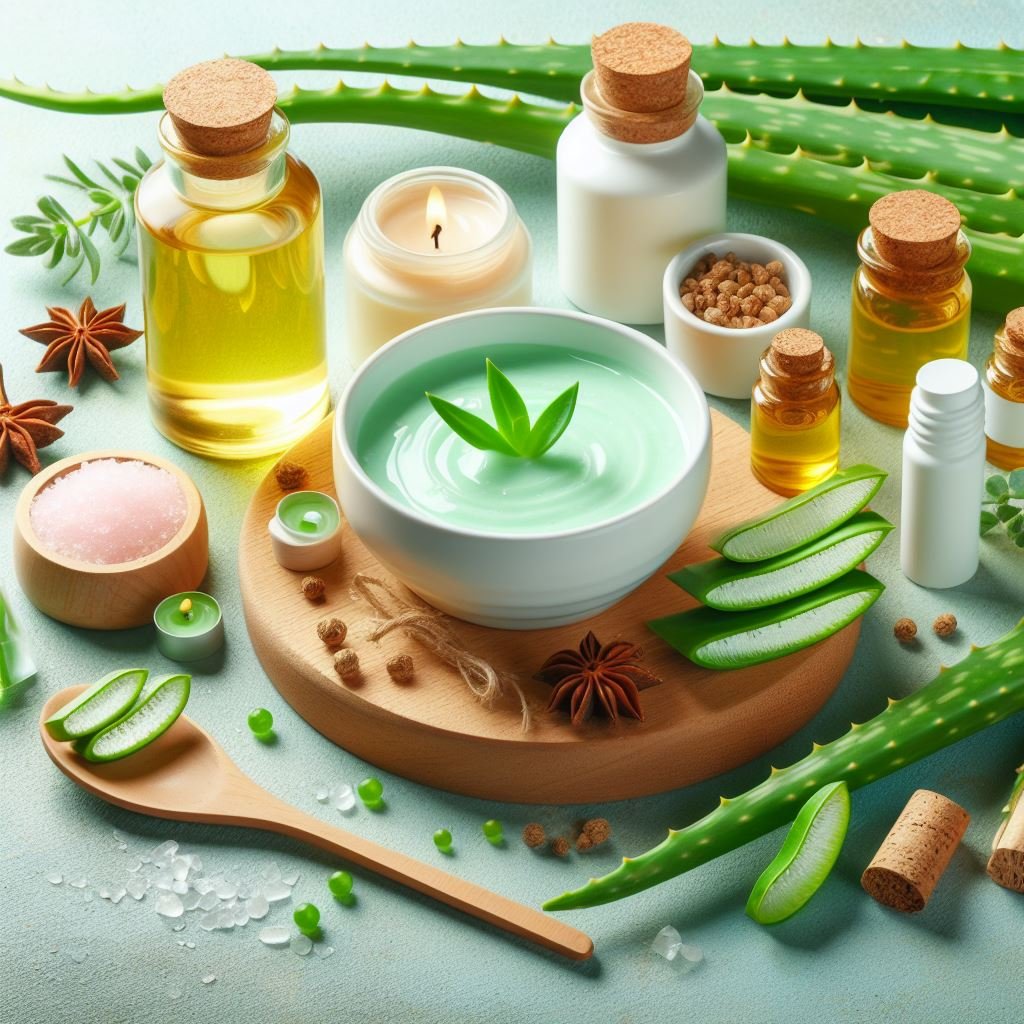Understanding Anthraquinones in Aloe
Anthraquinones are a class of naturally occurring phenolic compounds that play a significant role in the health benefits and industrial applications of aloe plants.
These compounds are characterized by their unique molecular structure, featuring a trio of benzene rings, which contribute to their diverse range of biological activities.
Among the various anthraquinones present in aloe, the most prominent include aloin, aloe-emodin, and barbaloin.
Aloin is a well-known anthraquinone found abundantly in aloe vera. It is primarily located in the outer leaf pulp and is recognized for its potent laxative properties.
This compound is also known for its anti-inflammatory and antimicrobial effects, which have made it a staple in both traditional and contemporary medicinal practices.
The molecular structure of aloin consists of a glycoside linked to an anthracene derivative, which is crucial for its bioactivity.
Aloe-emodin, another significant anthraquinone, is found in the inner leaf gel of the aloe plant.
This compound has been studied extensively for its potential anti-cancer properties, showing promise in inhibiting the growth of certain cancer cells. Aloe-emodin’s molecular structure features an emodin base, which is responsible for its therapeutic effects.
Barbaloin is closely related to aloin and shares many of its properties. It is predominantly found in the aloe latex, which is the yellowish sap just beneath the plant’s skin.
Barbaloin’s molecular structure includes a glucoside moiety, which enhances its solubility and absorption in the human body. This compound has been utilized traditionally for its purgative effects and is also being explored for its potential in treating various skin conditions.
Historically, anthraquinones in aloe have been utilized across various cultures for their medicinal properties. Ancient Egyptians referred to aloe as the “plant of immortality,” using it extensively in their medicinal and embalming practices.
Traditional Chinese and Indian Ayurvedic medicine also highlight the use of aloe anthraquinones for promoting digestive health and treating skin ailments.
These historical applications underscore the enduring significance of aloe anthraquinones, paving the way for their modern-day uses in pharmaceuticals, cosmetics, and other industrial sectors.
Health Benefits and Industrial Applications of Aloe Anthraquinones

Aloe anthraquinones offer a multitude of health benefits, making them a valuable component in both traditional and modern medicine.
One of their most notable effects is on digestive health, where they act as potent laxatives. Compounds such as aloin and emodin stimulate bowel movements by increasing intestinal water content, thereby providing relief from constipation.
These laxative properties have made aloe anthraquinones a staple in numerous over-the-counter digestive aids and pharmaceutical formulations.
Beyond digestive health, aloe anthraquinones exhibit significant anti-inflammatory effects. They inhibit the production of inflammatory cytokines, which can be beneficial in managing conditions such as arthritis and inflammatory bowel disease.
Additionally, these compounds possess antioxidative properties, neutralizing free radicals and reducing oxidative stress, which are crucial in preventing chronic diseases and aging.
Emerging research also highlights the potential anti-cancer properties of aloe anthraquinones. Studies have shown that these compounds can induce apoptosis, or programmed cell death, in cancer cells, thereby inhibiting tumor growth.
While more research is needed to fully understand these mechanisms, the preliminary findings are promising and suggest a potential role for aloe anthraquinones in cancer therapy.
In the industrial realm, aloe anthraquinones are extensively utilized in the pharmaceutical industry. Their inclusion in laxatives and other medicinal products underscores their efficacy and demand.

Furthermore, the cosmetic and skincare industries capitalize on their skin-soothing properties. Aloe-based creams, lotions, and gels are popular for their ability to alleviate skin irritation, promote healing, and enhance skin appearance.
Other aloe-based solutions use anthraquinones to improve formulations or enhance the properties or attributes of a product.
In the manufacture of biofertilizers, for example, we use some of the anthraquinones to reinforce our bio fungicides or bio herbicides.
In some aloe-based solutions, we use specific anthraquinones to reinforce the antibacterial and antifungal functions of a product.
For more information, please visit the specific pages in our Product Section.